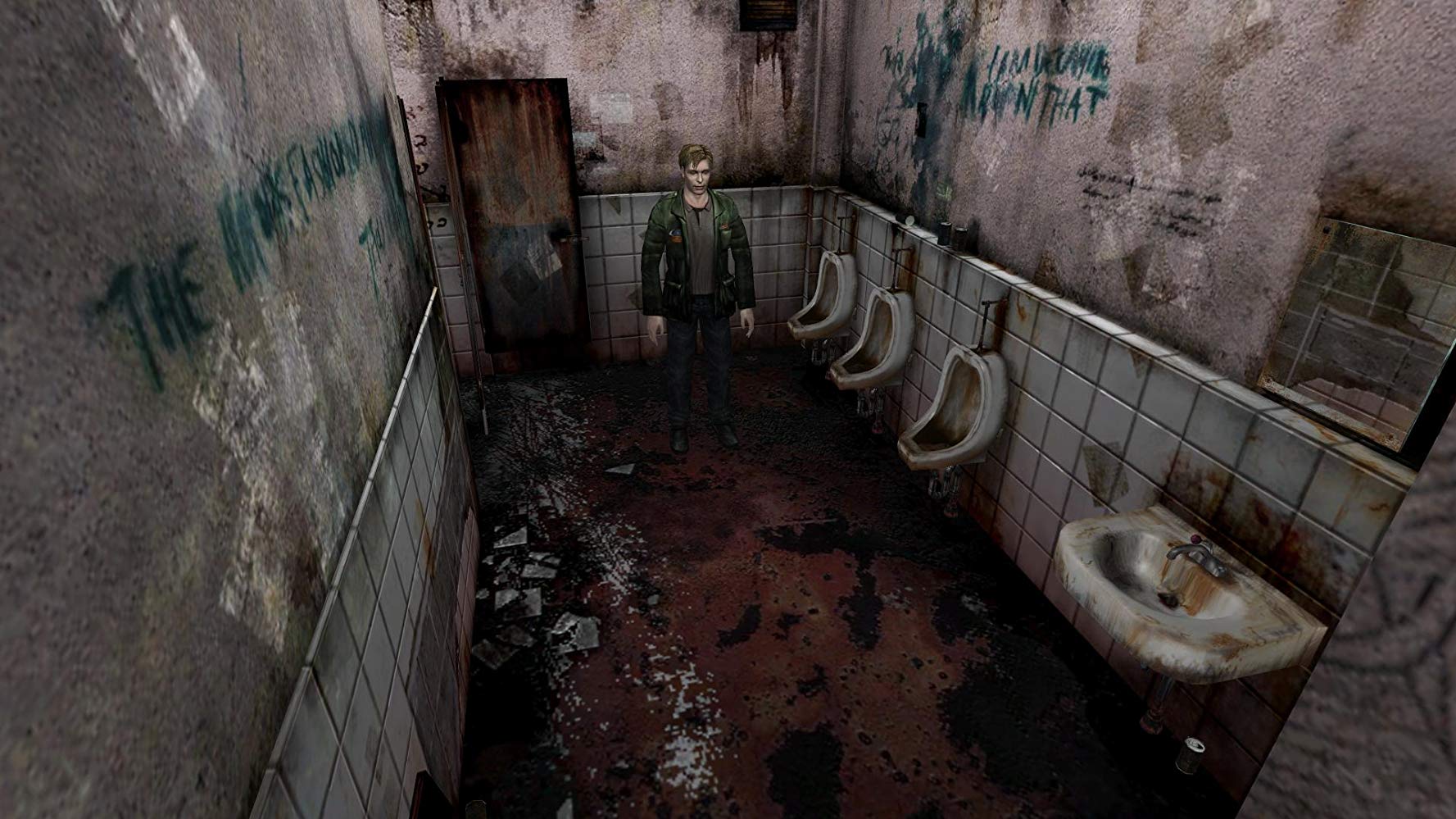Table of Contents Show
Silent Hill is the fictional town that lends its name to the popular horror game franchise. It is a haunted place, beleaguered by a monster-filled, gore-covered hell-dimension. The games often exploit this hell-dimension, called the “Otherworld,” for metaphorical purposes, but none have done so quite like “Silent Hill 2.”
“In my restless dreams, I see that town. Silent Hill.”
Mary, “Silent Hill 2” (( Konami Computer Entertainment Tokyo. Silent Hill 2. Konami. PlayStation 2. 2001. ))
When playing “Silent Hill 2,” it is often difficult to discern which moments in the narrative have metaphorical significance and which are purely diegetic. This serves a purpose; the game confuses players as to what is real, and thus normalizes the erratic thoughts and actions of its protagonist, James Sunderland. This sets up plot twists in “Silent Hill 2” for players. It also, intentionally or not, helps players explore what it might be like to live with trauma.
Trauma Inklings
James Sunderland’s face is the first thing seen in “Silent Hill 2.” The camera views him over his own shoulder in the reflection of a bathroom mirror. He stares into his own eyes and drags a hand down his face before he pulls away with a deep sigh. (( Konami Computer Entertainment Tokyo. Silent Hill 2. Konami. PlayStation 2. 2001. )) Though the graphics aren’t as clear as they are today, the stress and exhaustion are still clear in James’ body language; something troubles him.
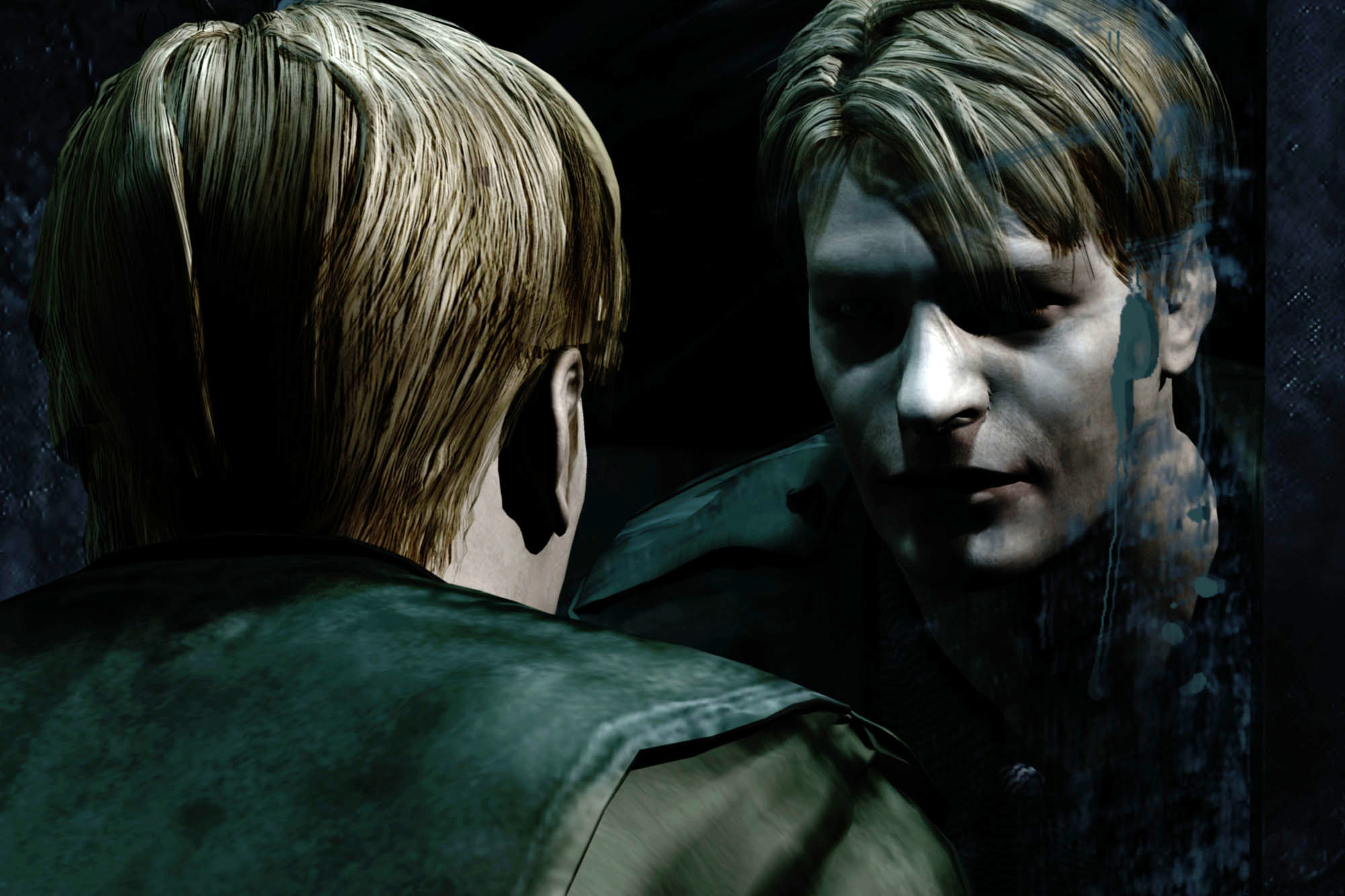
As James leaves the bathroom — a dirty, graffitied roadside stop — a disembodied female voice begins to narrate. The voice is that of Mary, James’ wife, reading aloud a letter she had sent to James. Whether this is for the benefit of the player or if these words are playing out in James’ mind is unclear. What is clear is her request; she asks him to come to the town of Silent Hill. She is waiting for him there, in their “special place.” It’s a strange moment made stranger as James reveals that Mary died of a mysterious illness three years ago. (( Konami Computer Entertainment Tokyo. Silent Hill 2. Konami. PlayStation 2. 2001. ))
These opening shots are of course meant to introduce the setting, tone, protagonist, and plot of “Silent Hill 2.” However, they serve another purpose; they also introduce James’ instability. They highlight how desperate and sad he is, enough to drive out to an abandoned town on nothing but hope and denial.
This is the first indication players receive that something is wrong with James, as well as the first time “Silent Hill 2” seeks to normalize James. He questions Mary’s letter, as it is certainly impossible for a dead woman to send mail, yet he still comes to Silent Hill. The game frames this decision as an act done out of desperation and love. It’s strange but understandable, and something a player can accept.
Dissociation And Despair
As the game progresses, “Silent Hill 2” reveals that James is more than desperate; he was deeply traumatized by Mary’s illness, and has managed to repress many related memories. Players eventually learn along with James that it was a slow but brutal disease that killed Mary. It was totally incurable and barely treatable, which meant James could do nothing but watch as Mary slowly wasted away. The damage done by “the disease and the drugs” also caused Mary to become incredibly depressed, leading her to act erratically.
She would lash out at James just as often as she would ask for his comfort. (( Konami Computer Entertainment Tokyo. Silent Hill 2. Konami. PlayStation 2. 2001. )) All this certainly made it hard for James and Mary to be with each other, as each hospital visit seemed to cause them intense emotional pain. In one of her darker moments, Mary begged for death, saying, “It’d be easier if [the hospital] would just kill me anyway.” (( Konami Computer Entertainment Tokyo. Silent Hill 2. Konami. PlayStation 2. 2001. )) She changed her mind moments later, expressing a fear of death, but James ignored this and killed her.
James’ reasons for killing Mary are never fully stated, though the game implies that it was a combination of overwhelming emotional pain and perceived permission from Mary. At the end of the game, James claims his actions were both out of mercy and selfishness. Whatever the reason, once he is reminded of what he has done, James shows immediate shame and regret. He is clearly aware that what he has done is wrong. (( Konami Computer Entertainment Tokyo. Silent Hill 2. Konami. PlayStation 2. 2001. ))
That is the real reason why James comes to Silent Hill. His pain and guilt drive him to seek forgiveness, redemption, and, primarily, punishment, the latter of which Silent Hill offers in heaps. Throughout his journey, though, James is unaware of this motivation and pushes forward all while dissociating and denying the truth. “Silent Hill 2” proceeds to utilize its hellish Otherworld to make James’s dissociation a reality for not just him, but players as well.
Hell On Earth
In each game in the “Silent Hill” franchise, there is an Otherworld. This Otherworld has many qualities that remain similar through each game iteration: the Otherworld always looks like a twisted mirror image of the “real” world; it is always covered in blood and gore; it is always populated by a variety of ghoulish monsters; it is tied to the town of Silent Hill; and it always has metaphorical significance.
Beyond a few superficial things, the metaphorical significance of the Otherworld is what changes most between games. For some, it is representative of religious fervor. In others, familial bonds. In “Silent Hill 2,” “Otherworld” represents two things; firstly, it is literal Hell. It is the punishment for those who have committed a mortal sin. In the case of almost every character traversing the Otherworld in “Silent Hill 2,” that sin is murder.
The second thing “Silent Hill 2” uses the Otherworld to represent can also be called hell. In this case, though, it is trying to embody the colloquial concept of a personal hell, one that the psyche creates from trauma and mental illness. Behavioral health research has revealed that “exposure to early, severe, and chronic trauma is linked to more complex symptoms, including impulse control deficits, greater difficulty in emotional regulation and establishing stable relationships, and disruptions in consciousness, memory, identity, and/or perception of the environment.” (( Substance Abuse and Mental Health Services Administration. Trauma-Informed Care in Behavioral Health Services. Treatment Improvement Protocol (TIP) Series 57. HHS Publication No. (SMA) 13-4801. Rockville, MD: Substance Abuse and Mental Health Services Administration, 2014. )) In short, a personal hell.
Three characters in “Silent Hill 2” travel through the Otherworld — James and two others, Angela Orosco and Eddie Dombrowski. Each has experienced the kind of trauma that traps them in declining mental health and self-destructive symptomatology: James’ came from Mary’s extended illness, and her murder; Angela’s came from an emotionally, physically, and possibly sexually abusive father, whom she eventually killed; and Eddie’s came from a lifetime of bullying and abuse from his friends and neighbors, eventually one of whom he killed.
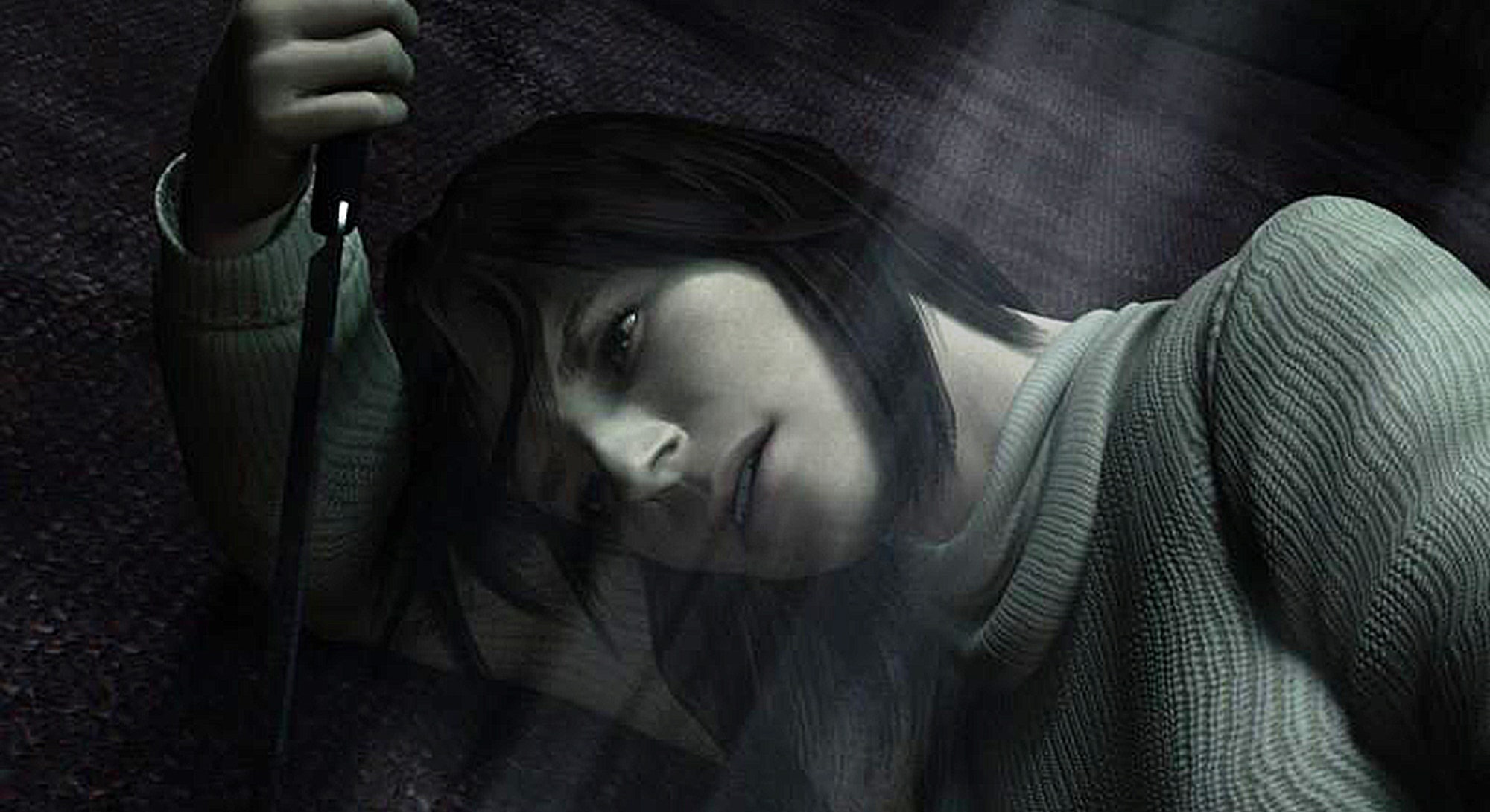
Each of these traumas could be described as early, severe, and/or chronic, and each of these characters does exhibit many of the symptoms of early, severe, and/or chronic trauma. As has already been established, James has disruptions in memory and identity. Interactions with Angela reveal that she has great difficulty in emotional regulation and interpersonal interactions, and those with Eddie show he has terrible impulse control and a very warped perception of his environment. (( Konami Computer Entertainment Tokyo. Silent Hill 2. Konami. PlayStation 2. 2001. )) The Otherworld takes things a step further, though, and makes these symptoms into tangible aspects of its reality.
Twisted Reality
The Otherworld’s representation of a character’s personal hell is not made immediately visible to others. James — and thus the player — at first only sees the behavioral symptoms of Angela and Eddie. But as the game progresses and the character’s experiences intersect, inklings of how they see the Otherworld are revealed to James. Eddie’s view of the Otherworld is never fully shown, as James cannot relate to him. He can, however, relate to Angela. Angela struggles with suicidal thoughts, something James also does, though he denies it initially.
When he finally starts accepting his own emotions, however, he begins to understand hers. The Otherworld then manifests this understanding by having the surrounding environment erupt into flames. It is clearly Angela’s fire, as she tells James: “For me… it is always like this.” (( Konami Computer Entertainment Tokyo. Silent Hill 2. Konami. PlayStation 2. 2001. ))
Additionally, players may learn by the end of the game that James’ suicidality is represented not by burning flames, but by the cool creep of floodwater. For the most part, though, players experience the Otherworld through James’ eyes. Monsters of all shapes and sizes chase him through the foggy, decrepit town, each representing different aspects of James’ psyche.
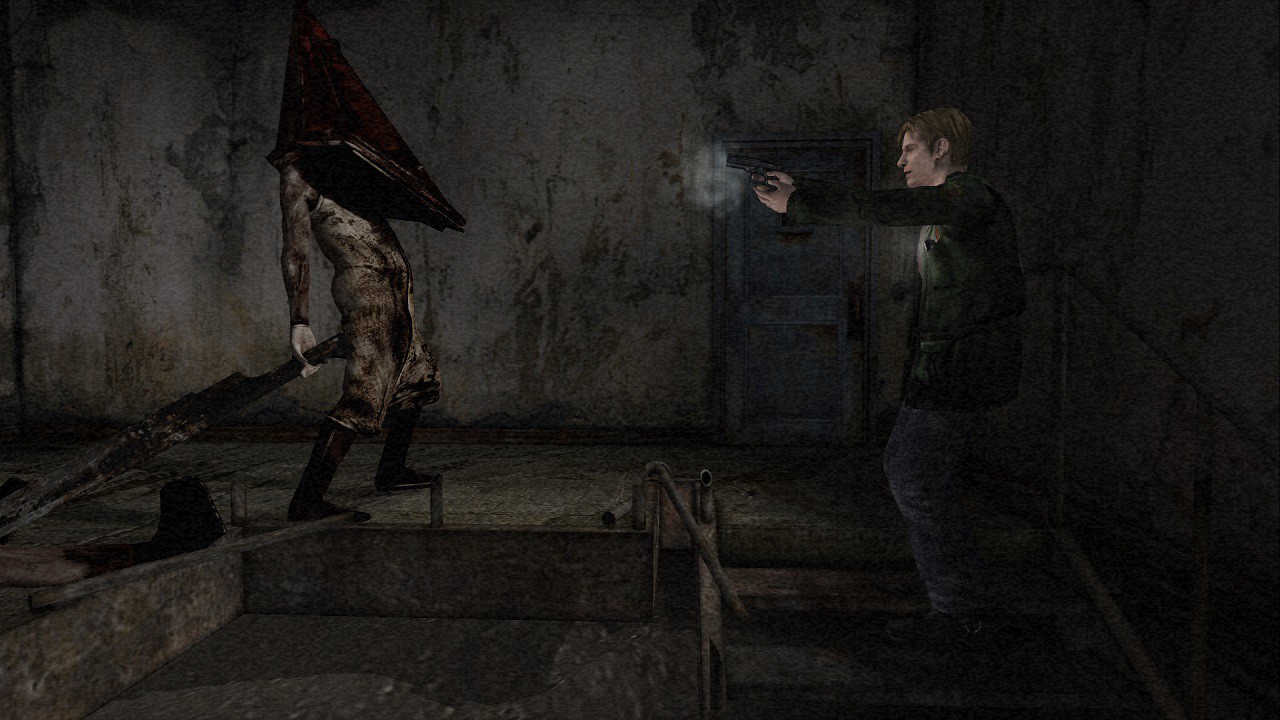
Most notably this includes Pyramid Head, a towering figure who has a huge, rusty metal pyramid on its shoulders in place if a head. It pursues James relentlessly through Silent Hill, and James fears and hates it terribly. This may be because it likely represents James’ guilt and desire to be punished.
James never flees Silent Hill to escape Pyramid Head or anything else. He pushes forward, fighting Pyramid Head and enduring other trials while constantly reminding the player why he thinks he is here — for Mary. It is a lie that is conveniently supported by James’ actions in the Otherworld, as he does seem very brave and dedicated to keep pushing through all this suffering just to reach Mary. Only after the surface is scratched does it become clear that bravery has nothing to do with it. There are other figures who chase James through Silent Hill, but only one other is notable. She is a product of the Otherworld, but it is unclear if she is a monster like Pyramid Head. Her name is Maria.
Ave Maria
“It doesn’t matter who I am. I’m here for you, James. See? I’m real.”
-Maria, “Silent Hill 2” (( Konami Computer Entertainment Tokyo. Silent Hill 2. Konami. PlayStation 2. 2001. ))
Maria is a woman who looks and sounds exactly like James’ wife, Mary. Her face, voice, and body are all exactly the same. James says there is nothing different but her “clothes and hair,” though it is quickly established that her personality is also nothing like Mary’s. (( Konami Computer Entertainment Tokyo. Silent Hill 2. Konami. PlayStation 2. 2001. )) Though we see very little of Mary in “Silent Hill 2,” what we do get tells the player that before her illness settled in, she was a kind, sweet, and modest woman.
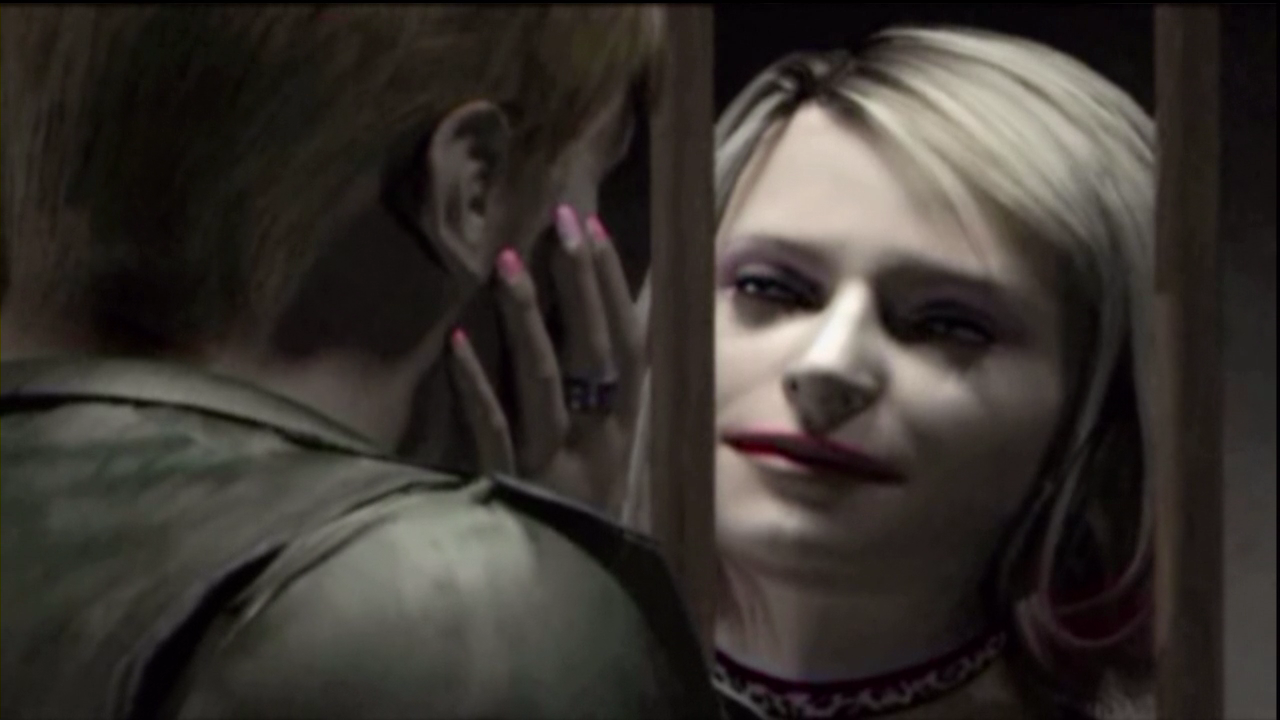
Maria is not kind, sweet, or modest around James. Maria is brash, clingy, and manipulative. When she and James first meet, she convinces him to protect her as they journey through Silent Hill. She does this, though, by guilting him, and continues to guilt, manipulate, and belittle him throughout their time together. She does this because of what the Otherworld has made her represent — all of James’ insecurities about Mary.
Reflection And Projection
Maria is clingy because James felt as though Mary had become very clingy as her illness progressed. Maria is rude and manipulative because James felt Mary had become rude and manipulative as her illness progressed. Maria was sexualized because James wanted a more attractive and sexual partner, something Mary couldn’t provide as her illness progressed. Maria is everything Mary was and wasn’t. Maria is the Otherworld’s manifestation of all James’ latent emotions about Mary, found and fair or not. This is likely why James seems so attached to Maria throughout “Silent Hill 2.” Though Maria is often seen seeking out James, James regularly reciprocates, despite how upset Maria might be with him. Just as James cannot let go of Mary, he cannot let go of Maria.
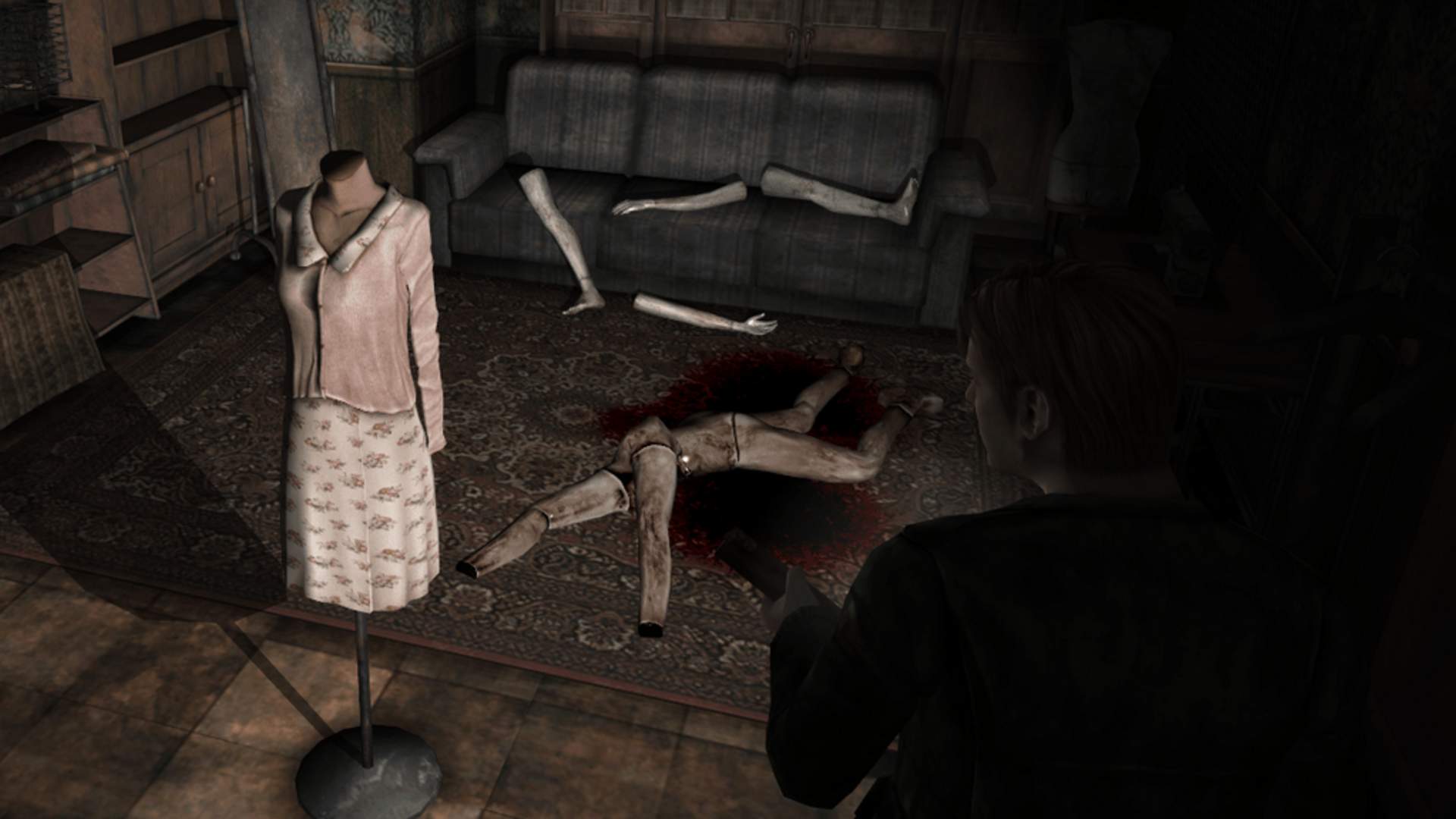
That is at least one conclusion about Maria’s purpose. “Silent Hill 2” does little to define Maria; her place in everything seems left up to player interpretation. Beyond James’ attachment to Maria, there are only two undeniable things about her. The first is that she torments James, though possibly unintentionally. It may be because of her cruel attitude. It may be because Maria is a constant reminder of James’ pain and guilt about Mary. It may be both. What is clear, though, is James’ discomfort around Maria.
The second undeniable thing about Maria is that she is a product of the Otherworld. Throughout “Silent Hill 2,” she dies not once, but thrice, with a possible fourth death depending on the ending the player receives. Maria also sometimes knows things about James and Mary that should be impossible, as she claims to have never met them before. No other character exhibits this omniscience or any sort of revivification, other than the beings of the Otherworld.
This all seems intentional. By confusing Maria’s purpose and existence within the narrative, “Silent Hill 2” can cause the same doubt, pain, and frustration in the player as it does in James. The player sympathizes with him and can end up feeling just as lost and confused. By the end of the game, they may be unsure what to believe about James, Mary, or Maria, something James likely feels as well.
An End To Suffering
Maria is a focal point of “Silent Hill 2,” and so it is apt that she is an important feature in its endings. There are six in total, though two are jokes. The other four, “In Water,” “Leave,” “Maria,” and “Rebirth,” all revolve around Mary, Maria, and James’ unhealthy relationships with both.
In “Maria,” James kills a monster who looks like Mary and then leaves Silent Hill with Maria, who is once again alive. This seems to represent a refusal to learn and grow on James’ part, and likely represents the cyclical pain that can be brought on by an unhealthy relationship with one’s trauma. This is supported when Maria begins coughing in a way that is reminiscent of Mary, hinting that Maria may have the same illness as Mary. This would mean James is on a path to relive all the pain he experienced with Mary.
“In Water” and “Rebirth” are very similar. In both, Maria is the one who becomes the final boss monster. Once James defeats Maria, he is then seen talking to Mary on her deathbed. Whether this is a metaphor for James’ inner thoughts, an event that is actually happening, or both, is unclear. What is clear is James’s decision to hang onto his unhealthy attachment to Mary, albeit in different ways.
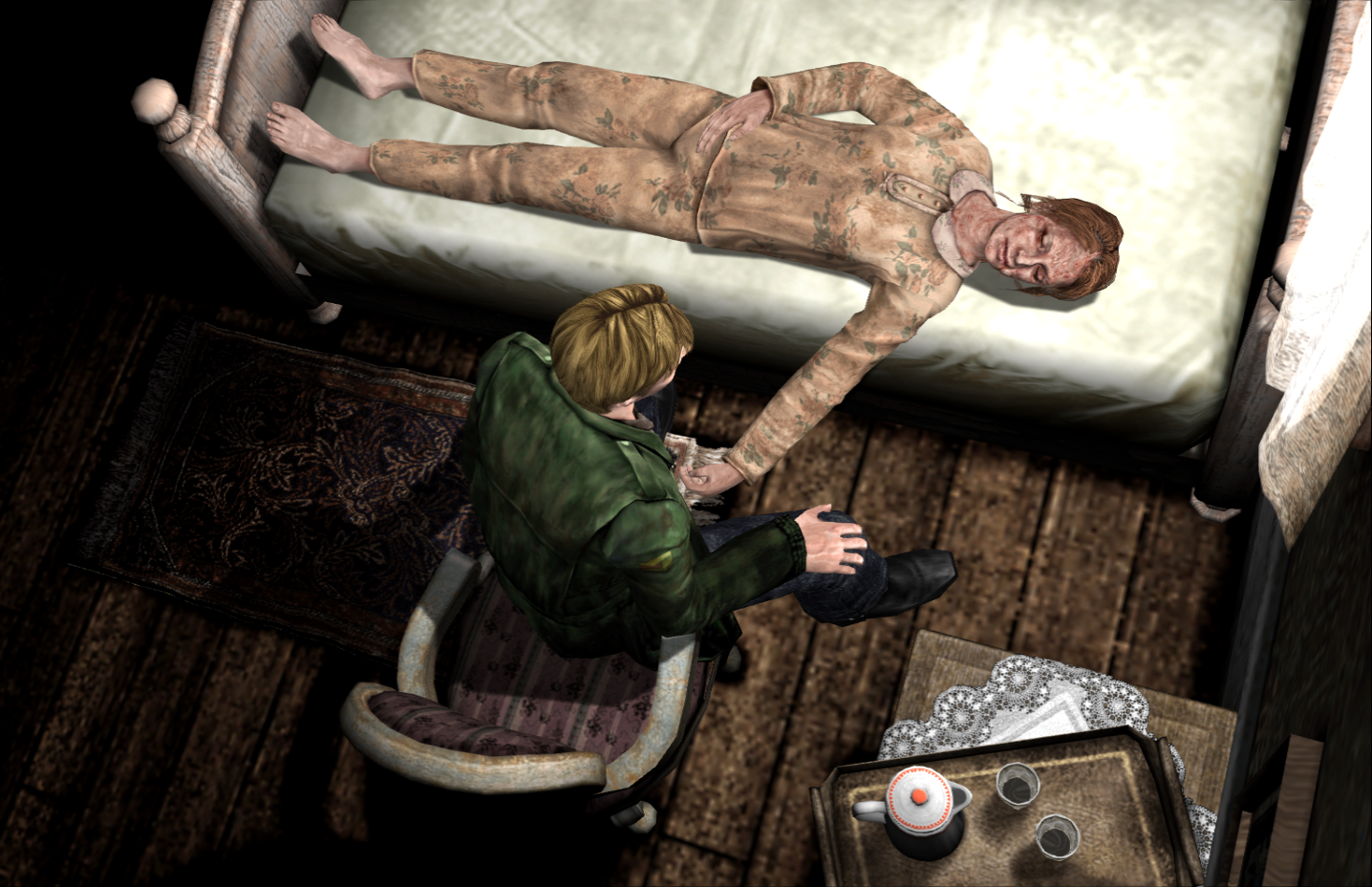
In “In Water,” James takes Mary’s body back to his car and drives it into nearby Toluca Lake, drowning himself so that he may be with Mary in death. In “Rebirth,” James puts Mary’s body in a rowboat and heads out to the middle of the lake, towards a place where he believes he can use the powers of the Otherworld to revive Mary.
Leaving The Past Behind
Though the actions are different, the sentiment is the same — James has recognized the truth of who he is and what he is done, unlike in the “Maria” ending. However, he still refuses to move on or let go of his trauma and chooses to instead wallow in what he has done.
The only ending that shows James attempting to grow beyond his trauma is “Leave.” In “Leave,” Maria once again turns into a monster, and James once again kills her. However, there is something different about his scene with Mary. Towards the end of their conversation, she asks him to move on. She tells him to “go on with your life.” (( Konami Computer Entertainment Tokyo. Silent Hill 2. Konami. PlayStation 2. 2001. ))
After a scene with Mary, players watch as James walks out of Silent Hill the way he came in. He seems to be choosing to try and move forward with his life, which is supported as players see James being accompanied by another character, a little orphaned girl named Laura. Laura was Mary’s friend in the hospital, and Mary wished for James to one day adopt her. In “Leave,” rather than obsess over Mary and Maria, James instead honors one of Mary’s final wishes and hopefully makes the most of himself.
Thus “Silent Hill 2” attempts to show players the many facets of trauma and the one way they can be free from it: release. Some will be able to do it on their own. Many will need help from someone, like James does from Laura.
Lasting Scars And Moving Forward
Trauma isn’t something easy to forget. Moving forward and healing takes time, effort, and desire. “Silent Hill 2” knows this, otherwise it wouldn’t show all the trials James goes through on his journey. The monsters he fights and horrors he sees are real, even without the effects of the Otherworld.
James had to put in the time and effort to move on, and even then he may never receive the forgiveness or punishment he was sought when he first arrived in Silent Hill. All James, or any of us, can do is accept it, take a breath, and walk forward.
